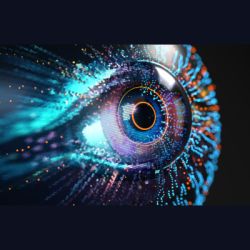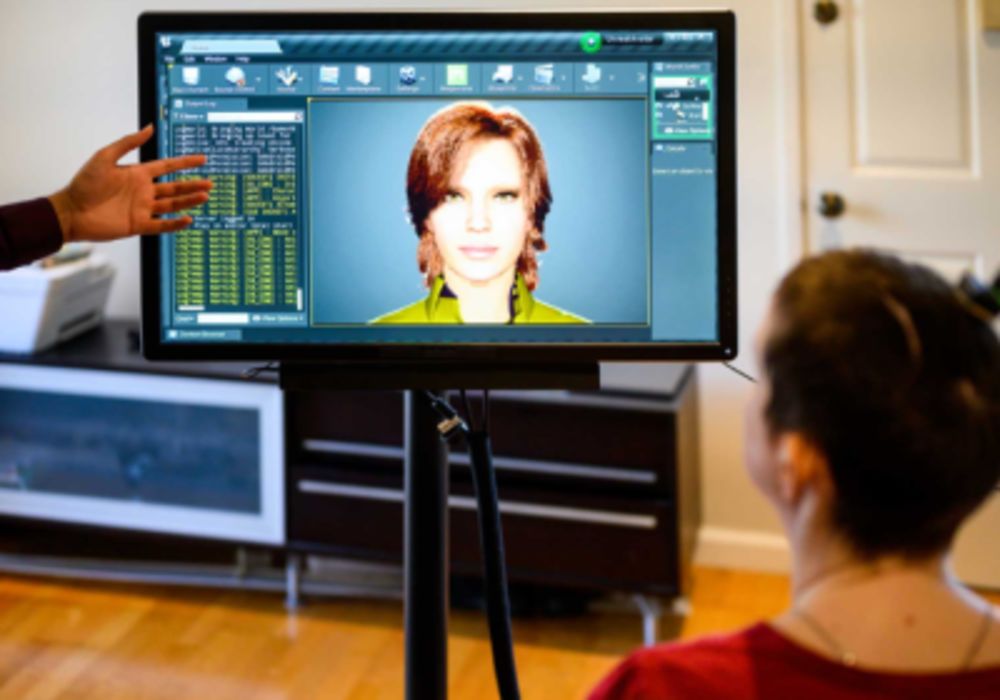Ann's life took a dramatic turn at the age of 30 when she experienced a brainstem stroke, leaving her severely paralyzed and unable to control any muscles, including those essential for speech and breathing. This sudden onset of paralysis left her grappling with the fear of dying in her sleep for years. Despite the challenges, she persevered through extensive physical therapy, gradually regaining some control over her facial muscles, enabling her to laugh, cry, and even move her neck. However, the ability to speak remained elusive, until recently, when artificial intelligence was leveraged to give Ann her voice back.
Revolutionizing Communication: The Breakthrough in BCI Technology
Through her journey of recovery, Ann discovered a newfound purpose in helping others facing similar challenges. With aspirations to become a counsellor in physical rehabilitation, she aimed to inspire hope and demonstrate that disabilities need not define one's life. Her determination led her to participate in groundbreaking research at UC San Francisco and UC Berkeley, focused on developing brain-computer interface (BCI) technology to restore communication abilities for individuals like her. This innovative technology marks a significant advancement in the field, as it represents the first successful synthesis of speech and facial expressions from brain signals. Spearheaded by Dr. Edward Chang, the team's research, published in Nature, showcases promising results in decoding brain signals into text at a significantly faster rate than existing communication devices. The ultimate goal is to create an FDA-approved system that enables natural communication through a digital avatar resembling the user.
Revolutionizing Communication: The Breakthrough in BCI Technology
The research team's approach involved implanting electrodes on Ann's brain's surface to intercept signals intended for speech and facial muscles. Through extensive training sessions, Ann collaborated with researchers to fine-tune the AI algorithms, enabling the system to recognize her unique brain signals associated with speech phonemes. Unlike traditional methods, which focus on decoding whole words, the team's approach prioritized phoneme recognition, enhancing both accuracy and speed. Additionally, the team personalized the synthesized speech to resemble Ann's voice before her injury, adding a personal touch to her communication. The integration of software that simulates facial muscle movements further enhanced the avatar's realism, allowing for more expressive communication. Ann's excitement at hearing her synthesized voice reflects the profound impact this technology can have on her daily interactions, especially with her young daughter, who has yet to hear her mother's voice.
Empowering Change by leveraging personal experience and insights
Ann's involvement in the study was pivotal, as she provided researchers with invaluable insights into the challenges faced by individuals with locked-in syndrome (LIS). Her firsthand experience, coupled with her determination to make a difference, fuelled her participation in the groundbreaking research. Drawing from her background as a math teacher and her resilience in overcoming adversity, Ann embraced the opportunity to contribute to scientific advancements that could revolutionize communication for individuals with severe disabilities.
Towards Independence: The Future of BCI Technology
Looking ahead, the team aims to develop a wireless version of the technology, granting users like Ann greater independence and mobility. Beyond restoring communication, this advancement holds the potential to transform the lives of individuals with severe disabilities, empowering them to engage more fully in social interactions and everyday activities. For Ann, her involvement in the study has been life-changing, offering a sense of purpose and fulfilment. No longer confined by the limitations of her condition, she sees herself as an active contributor to society, embracing each day with newfound optimism and gratitude. Through her journey, Ann exemplifies resilience, determination, and the transformative power of scientific innovation in overcoming adversity.
Source & Image Credit: University of California San Francisco























